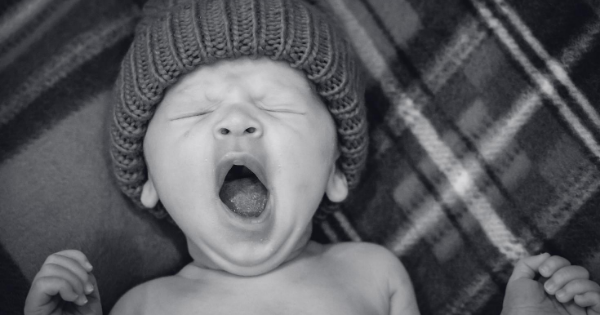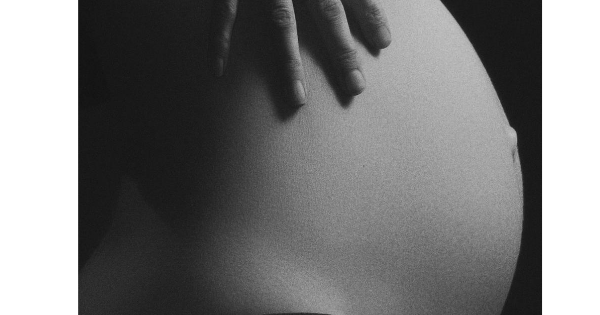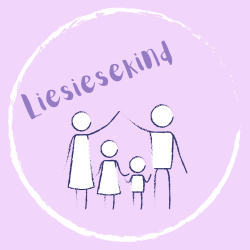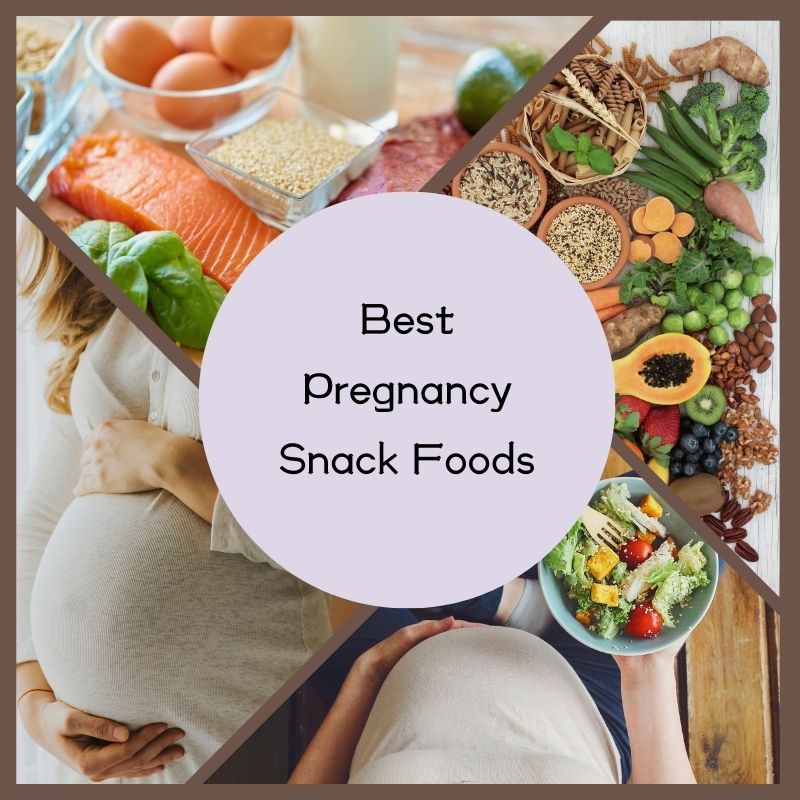When I was pregnant with my little boy, I had a relatively stress-free pregnancy. I probably heard the term preeclampsia before, but I had no idea what the risks related to preeclampsia were. It was during the last week before my due date that I started feeling unwell. I had a scheduled appointment with my gynaecologist five days before my son’s due date. When he examined me, he told me that I was to be admitted that same night to hospital and that my son would be born the next day with an emergency C-section.
My own experience with preeclampsia
I was diagnosed with preeclampsia. My blood pressure was through the roof and I had excess protein in my urine, two tell-tale signs. Thankfully, it was diagnosed quickly, and the necessary steps could be taken immediately. During my entire pregnancy, my blood pressure was monitored, and urine samples were taken. I was 38 years old, and overweight when I was expecting my son, therefore my pregnancy was considered a high-risk pregnancy. However, as I mentioned before, my pregnancy was easy-going without any major complications, except for the preeclampsia almost at the end of my term. Even though, it was scary because I did not know much about the condition and I was nervous about having a C-section, I was also relieved that this will all be over soon. The headaches were excruciating, and my feet were extremely swollen and painful. At this stage it felt like a balloon that was ready to pop.

What is preeclampsia?
Preeclampsia is a complication during pregnancy which is typically characterized by certain signs of damage to mostly the kidneys and liver, and high blood pressure. Preeclampsia generally starts after twenty weeks of pregnancy in women who had normal blood pressure. Preeclampsia can be incredibly dangerous if left untreated and can lead to severe, even fatal, complications for both mom and baby. The most efficient treatment for preeclampsia is delivering your baby. Even after birth, it can still take time to start feeling better. I stayed in hospital for five days since my blood pressure remained high and it was monitored every hour. In some cases, preeclampsia only sets in after giving birth, which is referred to as postpartum preeclampsia.
Symptoms of preeclampsia
In some cases, you might develop preeclampsia without any symptoms. High blood pressure might gradually develop, or you might have an abrupt onset. An essential part of prenatal care is monitoring blood pressure, since the most commonplace sign of preeclampsia is an elevation in high blood pressure. It is not normal if your blood pressure is exceeding 140/90 mm Hg or higher and documented on two occasions for at least four hours apart.
Other symptoms of preeclampsia may include:
- Too much protein in your urine (also referred to as proteinuria), or additional symptoms of kidney issues.
- Severe headaches.
- Vomiting or nausea.
- Changes in vision, including blurred vision, temporary loss of vision, or light sensitivity.
- Abdominal pain on the upper side of your abdomen, usually on the right side or under your ribs.
- Excessive urine output.
- Compromised liver function.
- Shortness of breath, as a result of fluid in the lungs.
- Sudden swelling (oedema) and weight gain, especially in the hands and face might happen with preeclampsia. However, this could also happen with normal pregnancies, therefore it is not considered a reliable symptom of preeclampsia.
When should you consult with your doctor?
It is highly recommended to attend prenatal appointments, so that your healthcare professional can monitor your blood pressure throughout pregnancy. If you experience symptoms like severe headaches, pain in your abdomen, shortness of breath, or visual disturbance, contact your doctor immediately, or have your partner take you to the emergency room. It can be problematic to distinguish preeclampsia from pregnancy issues, since nausea, headaches and pains are often experienced when pregnant. However, whenever in doubt, consult with your doctor.
What causes preeclampsia?
Preeclampsia can be caused by various factors. Experts believe that it has something to do with the placenta which is the organ that feeds the baby during pregnancy. In the early stage of pregnancy, new blood vessels begin developing and evolving to transport blood to your placenta. In cases where women who suffer from preeclampsia, these blood vessels appear not to function or develop efficiently. They are thinner than normal blood vessels, therefore react in a different method to hormonal signalling. This ends up limiting blood supply flowing through them.
Main causes include:
- Damage to blood vessels.
- Particular genes.
- Inadequate blood flow to your uterus.
- An issue with your immune system.

Preeclampsia is among the four high blood pressure conditions that occur during pregnancy. Here are the other three:
Chronic hypertension
This is when women already had blood pressure prior to pregnancy, or where it sets in before 20 weeks of pregnancy.
Gestational hypertension
This is where women have high blood pressure, but no excess protein is found in their urine or any other symptoms relating to organ damage. In some cases, women who suffer from gestational hypertension, will develop preeclampsia eventually.
Chronic hypertension with superimposed preeclampsia
This happen when women who was previously diagnosed with chronic high blood pressure prior to pregnancy, starts developing worsening high blood pressure accompanied with other complications and protein in their urine during pregnancy.
The earlier preeclampsia happens in your pregnancy, and the more severe it is, the higher the risks for yourself and the baby. Preeclampsia might necessitate induced labour and delivery. It might be necessary to have an emergency C-section if obstetric or clinical conditions exist which calls for quick delivery. Otherwise, your health provider might suggest a schedule vaginal delivery.
Complications of preeclampsia might include:
- Preterm birth – If you have severe preeclampsia, you might have to delivery your baby preterm to save your life as well as the baby’s. Your doctor will advise you on a suitable time for delivery.
- Foetal growth restriction – if your placenta is not getting sufficient blood, the baby may not get sufficient nutrients, blood and oxygen which can result in slow growth, preterm birth, and low birth weight.
- HELLP syndrome – HELLP stands for haemolysis elevated liver enzymes and low platelet count. HELLP syndrome is a severe case of preeclampsia and can quickly become life-threatening for both the mom and baby. Symptoms include headache, upper right abdominal pain, vomiting and nausea. HELLP syndrome is incredibly dangerous since it depicts damage to various organ systems. In some instances, it can develop abruptly, even before any signs of high blood pressure is noticed or in other cases, it might develop without any visible symptoms.
- Eclampsia – if preeclampsia is left untreated, eclampsia can develop. This is essentially preeclampsia accompanied by seizures. It can be problematic to foresee which patients who has preeclampsia might have severe enough symptoms that could lead to eclampsia. In many cases, no symptoms or warning signs for eclampsia present itself. Since eclampsia have severe consequences for mom and baby, delivery is needed, irrespective of how far along the pregnancy is.
- Placental abruption – the risk for placental abruption is increased by preeclampsia. This condition is where the placenta separates from your uterus’s inner wall prior to delivery. Severe abruption can result in heavy bleeding that is life-threatening from both mom and baby.
- Cardiovascular disease – if you have preeclampsia, you might have an increased risk of developing heart disease and cardiovascular (blood vessel) disease in future.
- Damage to other organs – preeclampsia might end up damaging the liver, heart, lungs, kidneys, or eyes, or may even result in brain injury or a stroke. The level of injury to other organs is contingent on the severity of preeclampsia.

Risk factors that could result in preeclampsia:
- A family or person history of preeclampsia.
- First pregnancy.
- Race – black women are more susceptible to developing preeclampsia.
- Chronic hypertension.
- New paternity – pregnancy with a new partner pose an increased risk for preeclampsia.
- Age – pregnant women who are older than the age of 35 or incredibly young women have an increased risk of preeclampsia.
- Obesity- if you are overweight, your risk of preeclampsia is higher.
- Multiple pregnancies – those who expect twins, triplets, or multiples have an increased risk of developing preeclampsia.
- In vitro fertilization.
- History of particular medical conditions such as type 1 and 2 diabetes, kidney disease, chronic high blood pressure, lupus, migraines, tendency to develop blood clots.
- Interval between pregnancies – being pregnant less than two years apart or exceeding ten years apart can pose a higher risk for developing preeclampsia.
Conclusion
It is essential to consult with your physician or genealogist prior to taking any vitamins, medications, or supplements during pregnancy. If you have had preeclampsia before, it is wise to stay as healthy as possible. Maintain a healthy weight to ensure conditions like diabetes are managed well. If you are pregnant, make sure you are taking good care of yourself to avoid the risks related to preeclampsia during pregnancy. Make sure you attend prenatal appointments regularly to monitor the health of you and your baby.







This is a post I have not covered on my website yet and I really should. My experience was scary but thankfully everything worked out fine. When I was 8 months pregnant I was feeling unwell and my vision went funny, it was like miggies were flying in front of my face but there was nothing there. I had to give urine samples and my GP decided to keep me in the hospital overnight to be monitored and be on the safe side. I was 8 months pregnant and the doctors decided to give me steroid injections to strengthen my baby’s lungs, just in case they had to do an emergency c-section. It was terrifying and being hooked up to machines the whole night with all that beeping was not exactly conducive to a good night’s sleep!
Thankfully everything worked out fine and I did not have to give birth early, but I know now how dangerous preeclampsia is.
Hi Lynne,
Thanks for reading my post and sharing your experience. At the time I didn’t realize how dangerous the condition is but now looking back and researching the topic, I know that I was one of the lucky one’s. Thankfully, yours turned out well for you and your baby as well. This is why prenatal appointments are essential. One can never be too careful.